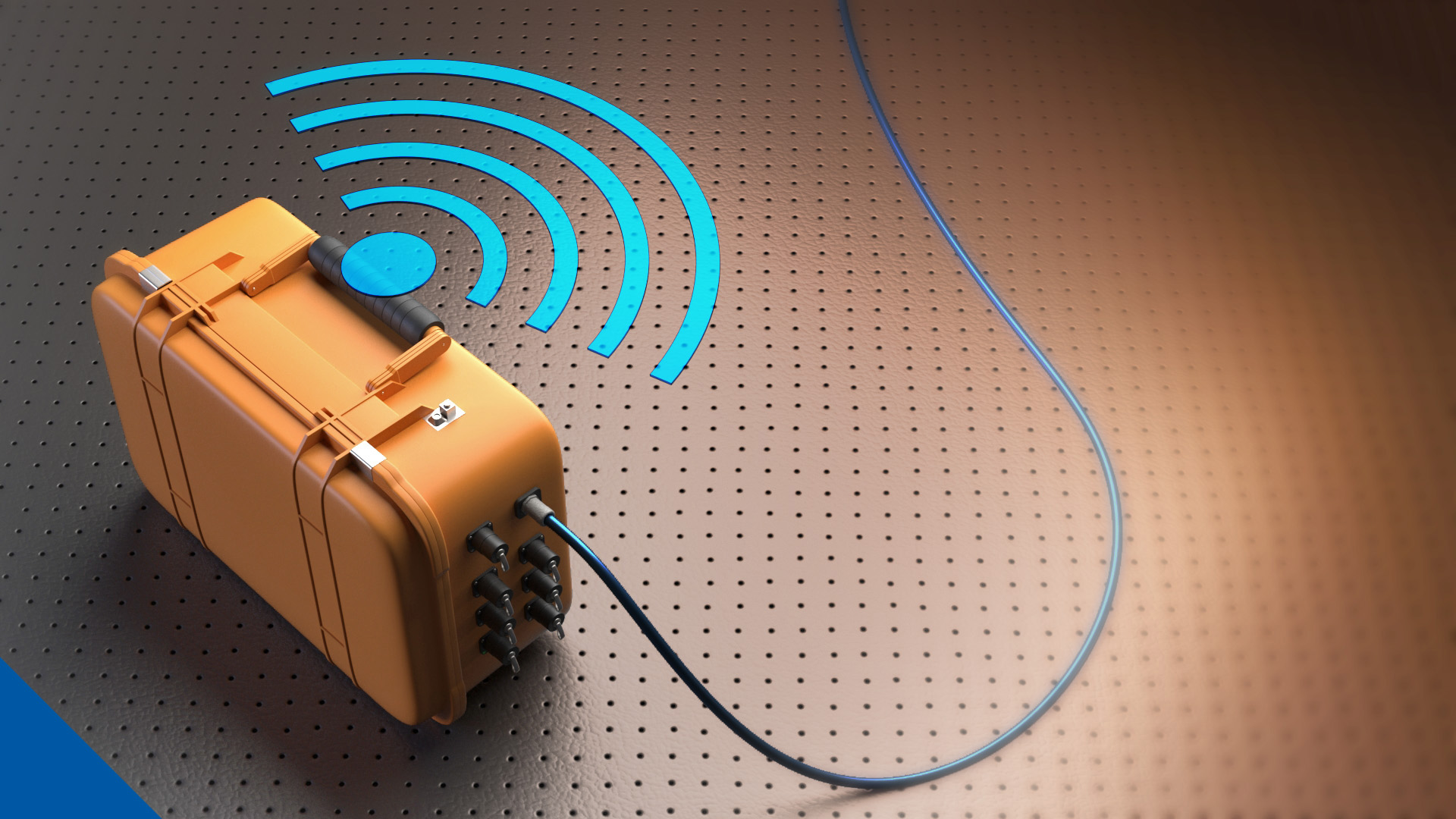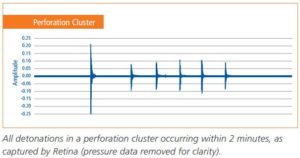Retina monitoring system improves certainty and safety for perforating and flowback

Background
Packers Plus collaborated with a service contractor to monitor millout operations following a plug-and-perf stimulation in the Permian Basin. The ePLUS® Retina monitoring system successfully confirmed plug milling operations, giving the operator greater confidence in decisions relating to downhole events.
In situations where the traditional response is ambiguous or absent, ePLUS Retina real-time information can provide operators with the information to make appropriate decisions to avoid delays on costly trial and error solutions.
Challenge
Well service operations are usually unseen. In most hydraulic fracturing jobs, operators correlate events to known pressure signatures, confirming the occurrence of specific subsurface events. In the case of ball-drop completions, such events would include a ball landing on seat and the port shifting open.
Some events are unrelated to pressure, such as during plug-and-perf operations. Confirming a perforation charge detonation is valuable for safety mitigation, since undetonated charges may fire unexpectedly.
For millouts, operators use a variety of indicators to determine that the mill is functioning, such as pressure, weight on the drill bit, depth, and reactive torque.
Solution
The Packers Plus ePLUS Retina monitoring system uses a proprietary array of sensors to collect and analyze signals from multiple locations on the wellsite. The portable monitoring system was quickly tied in among stimulation operations on site in 30 minutes.
Results

Before millout procedures began, Retina detected all detonations on all observed stages.
During flowback and millout, the system confirmed when the mill was actively milling, and indirectly verified that the fluid viscosity and circulation rate were sufficient to flush debris to the surface, without reliance on traditional indicators.
In many millout operations, a worker continuously monitors the fluid returns to check for milled debris. This is done in the “red zone”, a high-pressure area near the well head. Using Retina, the timing of each full sweep of debris moving to surface was known, thereby minimizing personnel time in this hazardous area.
Retina has monitored over 60 operations and more than 1,050 stages. The system provides a real-time, independent source of information for both pressure and non-pressure events.
